The culinary world has witnessed a revolution with the advent of molecular gastronomy, a discipline that merges science and cooking to create innovative dishes. Among its many techniques, spherification stands out as one of the most visually striking and conceptually fascinating methods. This process transforms liquids into delicate, caviar-like spheres, offering chefs a new way to play with textures and flavors. The technique has become a hallmark of modernist cuisine, appearing in high-end restaurants and experimental kitchens alike.
Spherification relies on a simple yet ingenious chemical reaction between sodium alginate and calcium chloride. When a liquid infused with sodium alginate is introduced to a calcium chloride bath, a thin membrane forms around the droplet, encapsulating it in a gel-like shell while keeping the interior liquid. The result is a burst-in-the-mouth sensation that surprises and delights diners. This technique was first popularized by chefs like Ferran Adrià of elBulli, who saw its potential to redefine how we experience food.
The beauty of spherification lies in its versatility. Chefs can use it to create spheres from a wide range of liquids, including fruit juices, herbal infusions, and even alcoholic beverages. The size of the spheres can be adjusted by varying the method of droplet formation—from tiny caviar-like pearls to larger, more substantial orbs. The technique also allows for layered flavors, where the exterior gel can be flavored differently from the liquid core, creating a multi-dimensional tasting experience.
There are two primary types of spherification: basic spherification and reverse spherification. Basic spherification involves submerging the alginate-infused liquid into a calcium bath, resulting in a thin membrane that forms almost instantly. This method is ideal for immediate consumption, as the spheres continue to gel over time and eventually solidify. Reverse spherification, on the other hand, involves adding calcium to the liquid and submerging it in an alginate bath. This technique is better suited for liquids with high calcium content or acidity, which can interfere with basic spherification.
The applications of spherification extend beyond fine dining. Mixologists have embraced the technique to create cocktail pearls that burst with flavor when sipped. Food scientists explore its potential in pharmaceuticals, where it could be used to encapsulate medicines for controlled release. Even home cooks have begun experimenting with spherification kits, bringing a touch of molecular gastronomy into their kitchens. The technique’s accessibility has democratized what was once an exclusive culinary art.
Despite its many advantages, spherification is not without challenges. Achieving the perfect sphere requires precision in measurements, timing, and temperature. The texture of the membrane must be delicate enough to burst easily but sturdy enough to hold its shape. Additionally, some ingredients, particularly those high in alcohol or acid, can disrupt the gelling process, requiring adjustments to the recipe. Mastery of spherification demands practice and a willingness to experiment.
Looking ahead, the future of spherification is ripe with possibilities. Researchers are exploring new gelling agents and methods to improve the technique’s consistency and applicability. Chefs continue to push boundaries, using spherification to create dishes that challenge perceptions of taste and texture. As molecular gastronomy evolves, spherification remains a testament to the endless creativity at the intersection of science and cooking. It’s a reminder that food is not just sustenance—it’s an experience, a story, and sometimes, a delightful surprise.

By /May 26, 2025
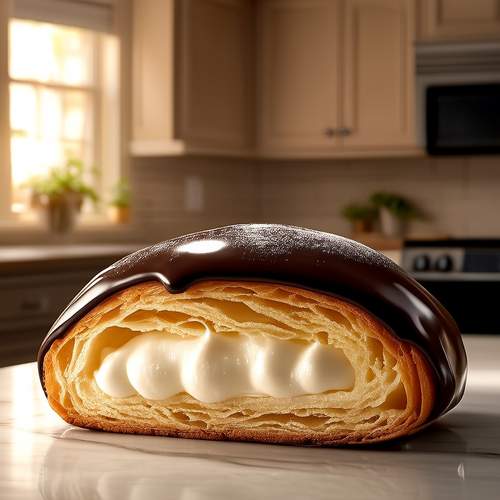
By /May 26, 2025
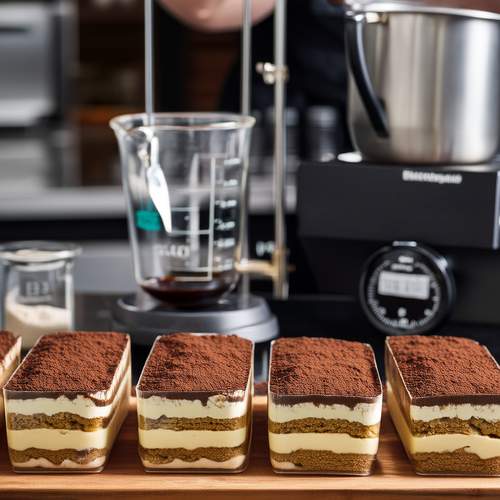
By /May 26, 2025
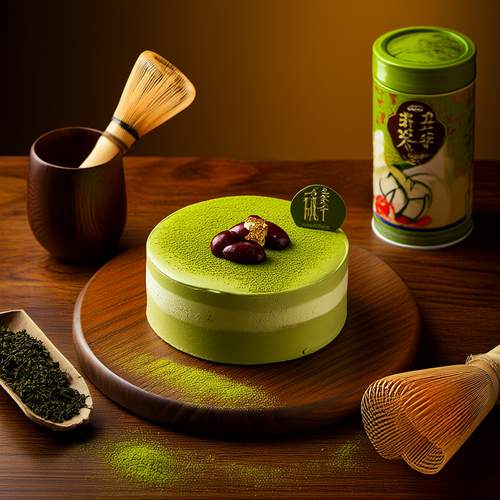
By /May 26, 2025
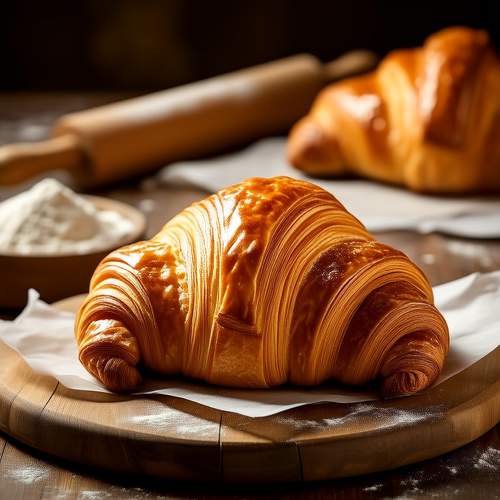
By /May 26, 2025

By /May 26, 2025

By /May 26, 2025

By /May 26, 2025
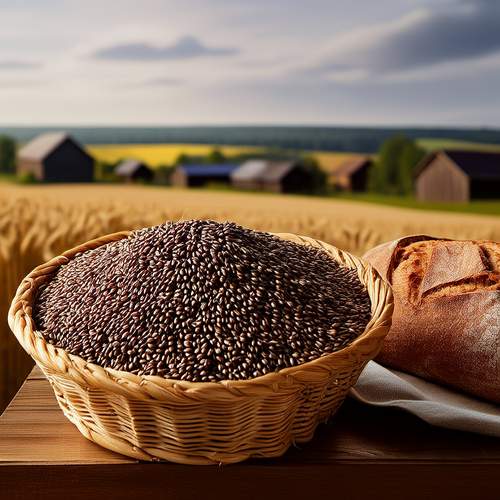
By /May 26, 2025
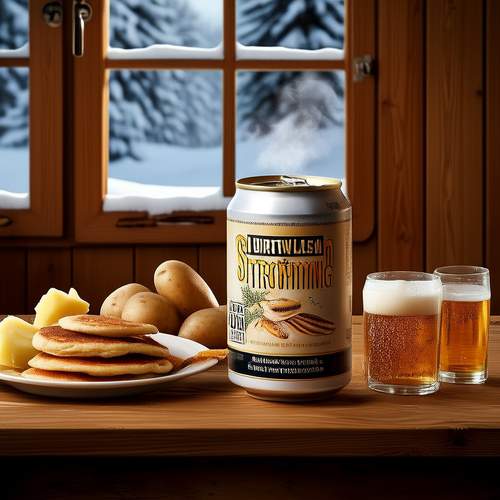
By /May 26, 2025
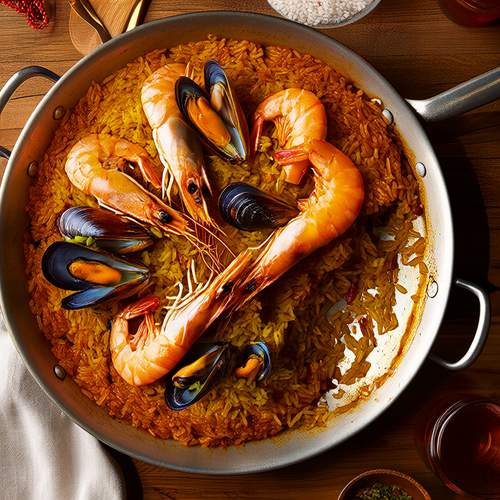
By /May 26, 2025
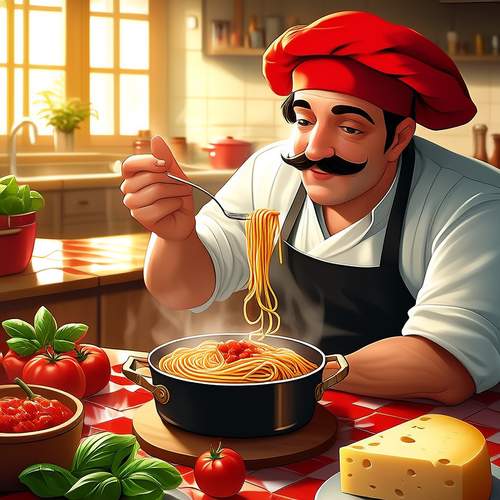
By /May 26, 2025
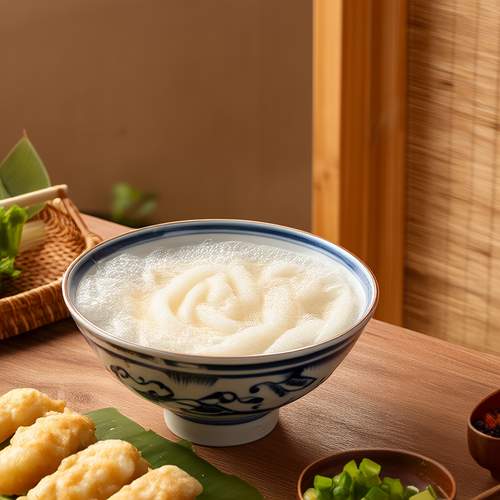
By /May 26, 2025
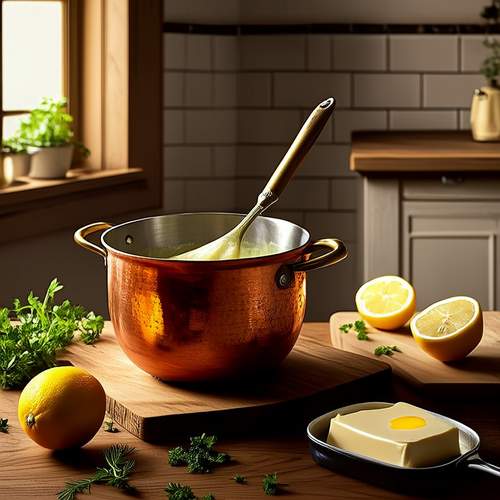
By /May 26, 2025

By /May 26, 2025

By /May 26, 2025
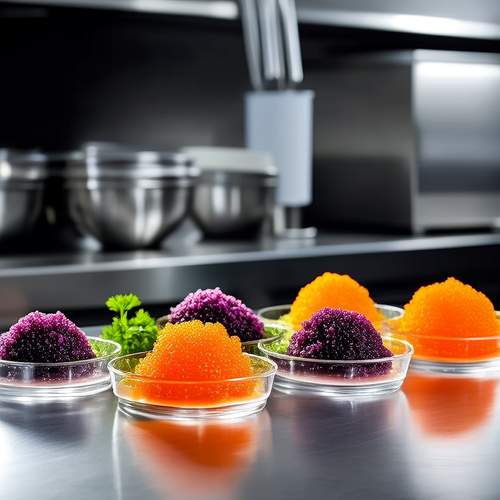
By /May 26, 2025
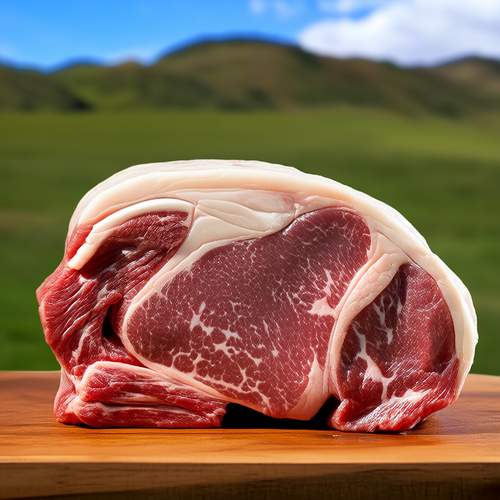
By /May 26, 2025
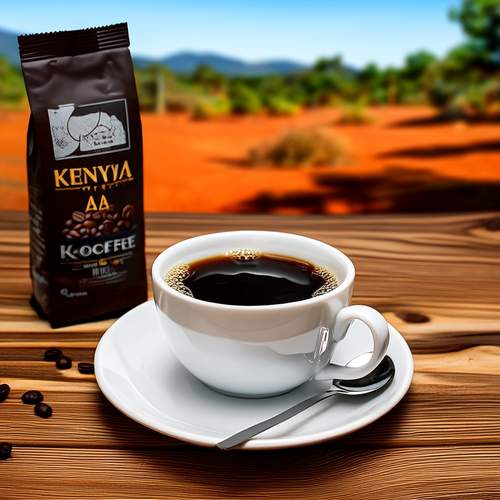
By /May 26, 2025
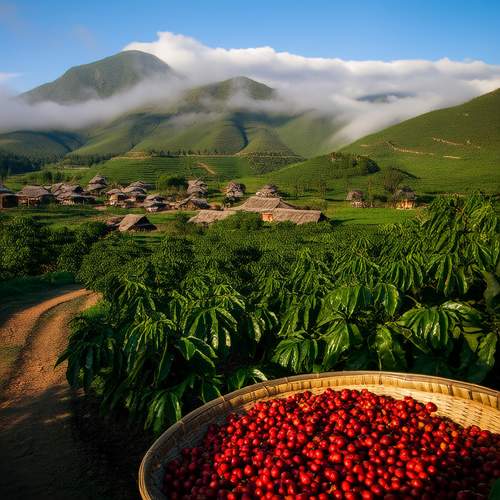
By /May 26, 2025